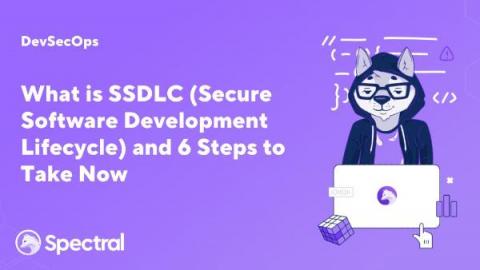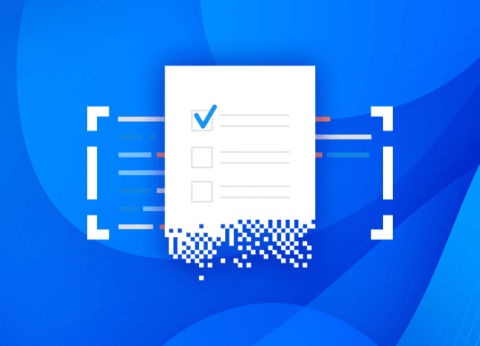Security | Threat Detection | Cyberattacks | DevSecOps | Compliance
Development
How secure is WebAssembly? 5 security concerns unique to WebAssembly
WebAssembly, sometimes called Wasm, is a portable, low-level binary code instruction format executed in a web browser’s virtual machine (VM). It enables developers to write high-performance code in various languages and runs alongside JavaScript. Developers are embracing WebAssembly for its ability to accelerate complex algorithms, enable gaming and multimedia applications, and provide a secure sandbox environment for running untrusted code.
The Polaris platform is redefining secure development
Most Common Cybersecurity Challenges of Software Developers
The rapid advancement of technology in over 10-15 years has significantly impacted cybersecurity. With the ever-expanding cyber world, cybercriminals constantly adjust their tactics to exploit new vulnerabilities. As a result, software developers are now facing numerous cybersecurity issues that must be addressed to create a safe and secure cyberspace. In this guide, we are some of the most common cybersecurity challenges that software developers are currently facing.
The new era of Application Security: Security Building Blocks for Developers
With the proliferation of data breaches and cyber-attacks, developers must take a proactive approach to security. BoxyHQ's Security Building Blocks for Developers are designed to help developers build and deploy secure applications with minimal effort and expertise. In addition to their core products security teams are finding it hard to keep pace with new no-code and low-code apps that are being created in the company.
What is SSDLC (Secure Software Development Lifecycle) and 6 Steps to Take Now
The pressure to ship software faster to meet market demands is compromising security in a big way. As cyber criminals find ways to use the glaring disconnect between developers and security policies, companies consider security a necessity rather than a compliance measure. As a result, 2022 studies show that 68% of companies are shifting towards security and making developers share responsibility for a secure software development lifecycle.
Exploring the World of DevRel and Security: BoxyHQ AMA with Aldin Kiselica from Cerbos
Data loss prevention for developers
A security violation in the form of a data breach can create costly damage to a company's reputation. But what exactly is a data breach? The European Commission has divided data breaches into three distinct categories — confidentiality breaches, integrity breaches, and availability breaches: In this article, you'll learn more about what a data breach is and how you can prevent data breaches when designing and developing your software.
The Power of Low-Code/No-Code Development in Changing Application Development Landscape
The landscape of application development is constantly evolving, driven by technological advancements and changing user demands. Over the past few years, we have witnessed the rise of generative AI, the “shift left” approach, and the increasing prominence of low-code/no-code development.











